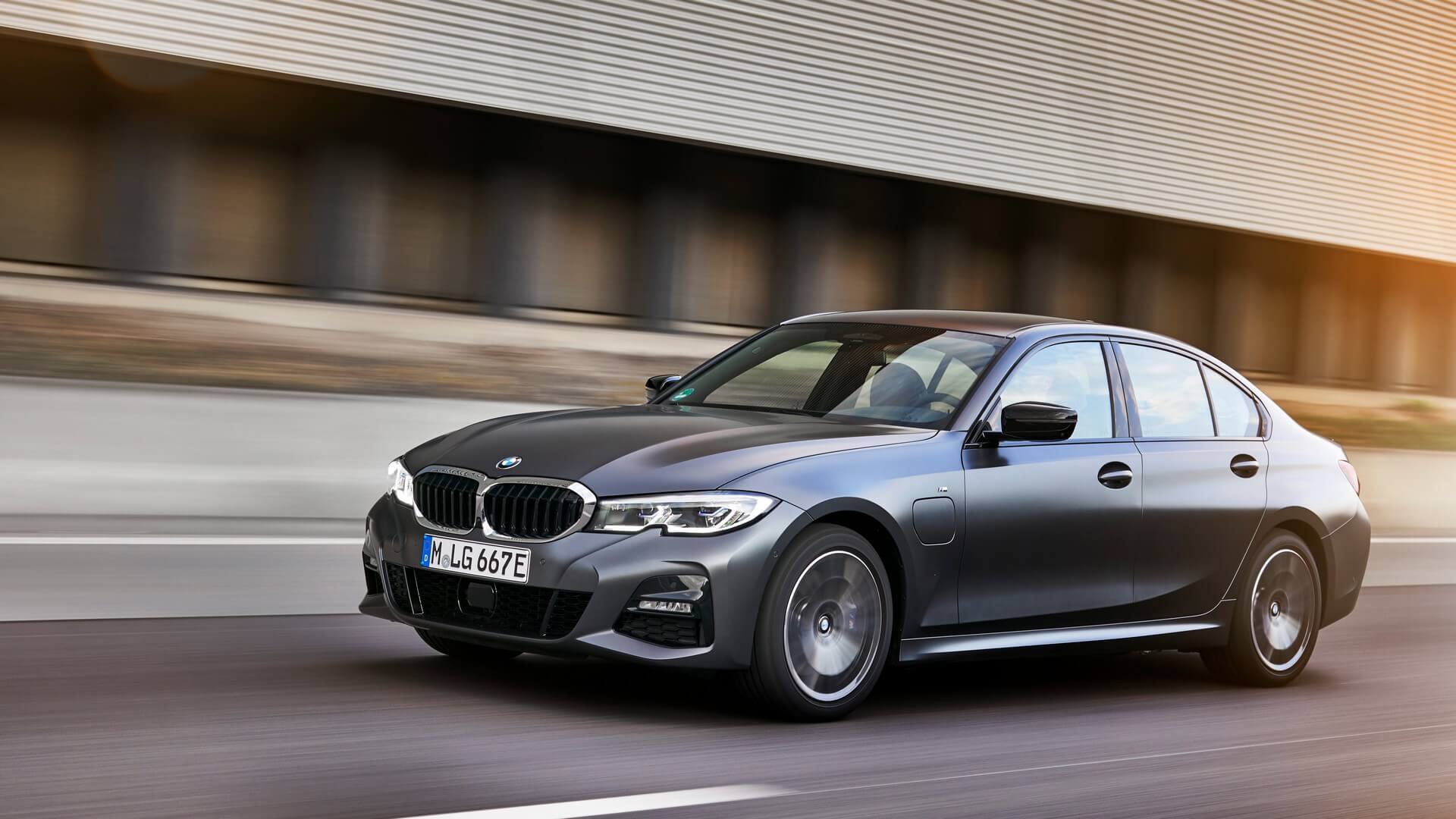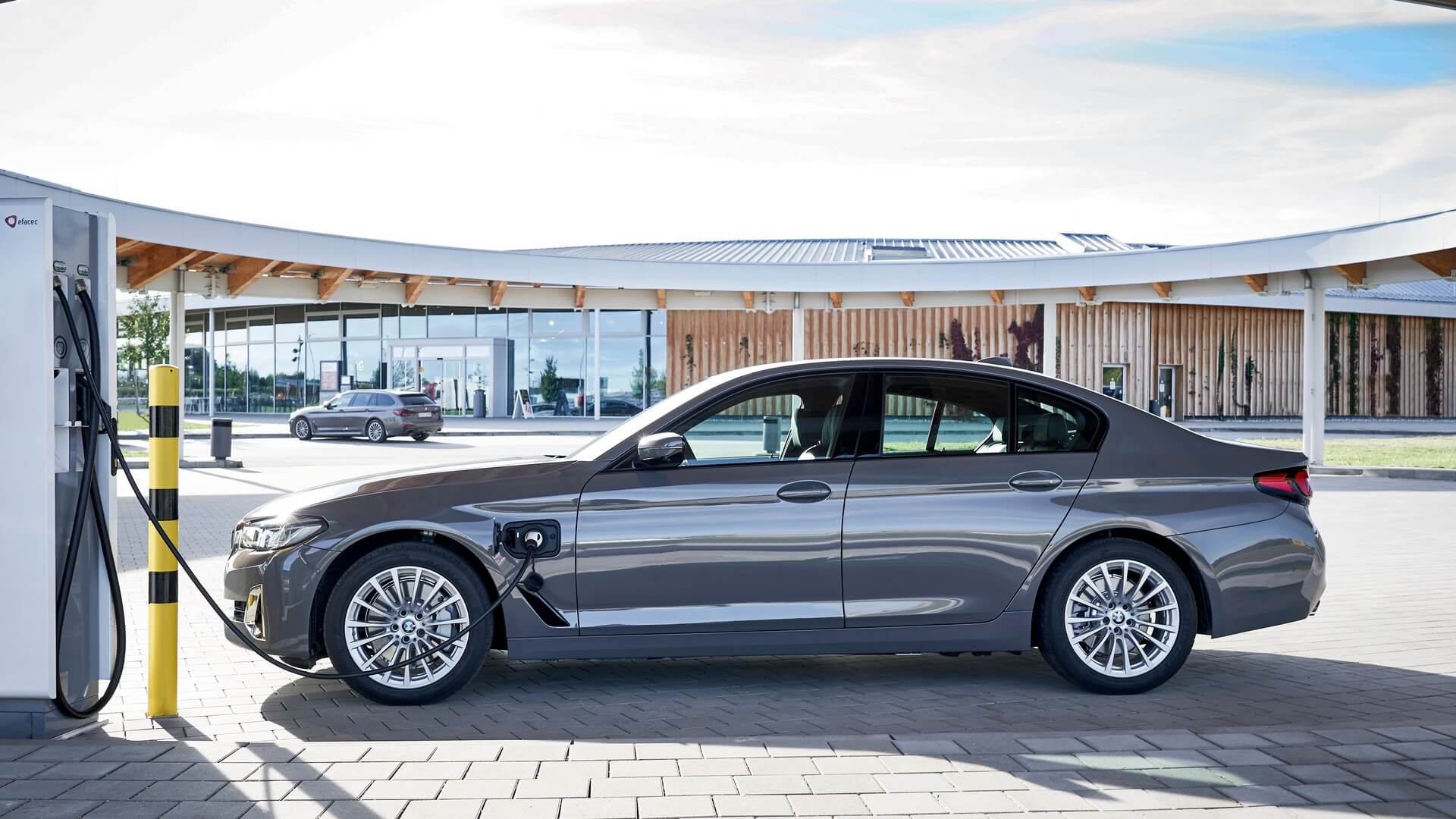BMW has decided to further electrify the 3 Series and 5 Series lineups by adding another plug-in hybrid derivative. Joining the 330e / 330e xDrive 3 Series models and the 530e / 530e xDrive and 545e xDrive 5 Series models is a new entry-level trim to make the PHEVs more accessible. Available in both sedan and wagon configurations, the 320e and 520e come with a choice of rear- or all-wheel drive.
Both share a turbocharged four-cylinder 2.0-liter gasoline engine that develops 163 horsepower (120 kilowatts). That might not sound like much, but the combustion engine works together with an electric motor to enable a combined output of 204 hp (150 kW) and 350 Newton-meters (258 pound-feet) of torque. You’re not going to set any Nurburgring records with either of the two, but they’re by no means slow.

The 320e sedan is the quickest of the bunch, needing 7.6 seconds to complete the sprint to 62 mph (100 km/h) before topping out at 140 mph (225 km/h). The added practicality of the wagon comes at the expense of performance due to the extra weight. The 320e Touring takes three-tenths of a second longer for the sprint and has a slightly lower maximum speed of 137 mph (220 km/h).
If winters tend to be harsh and xDrive is necessary, you might want to know the all-paw 320e only comes as a wagon, at least for the time being. The acceleration to 62 mph takes 8.2 seconds and BMW quotes a top speed of 136 mph (219 km/h).
Should your concern be efficiency rather than performance, the 320e plug-in hybrid sedan comes with a 12-kWh lithium-ion battery pack rated at up to 35 miles (57 kilometers) of WLTP-certified electric range. Go for the wagon and the zero-emissions range drops ever so slightly, to a maximum of 34 miles (54 km).

As far as the larger 520e is concerned with its identical 12-kWh battery, the sedan version takes 7.9 seconds for the sprint and maxes out at 140 mph (225 km/h) while the wagon does the job in 8.2 seconds onwards to 135 mph (218 km/h). BMW says both the 320e and 520e can be driven in pure electric mode at speeds of up to 87 mph (140 km/h).
When it comes to EV range, the 520e sedan can cover as much as 34 miles (55 km) per WLTP without sipping any gasoline while the wagon will do 32 miles (51 km). Once you run out of juice, the new PHEVs can go from 0 to an 80-percent charge in 2.6 hours or 3.6 hours if you want a complete charge.

It’s worth mentioning that practicality takes a hit for all four PHEVs compared to the conventionally powered models as the battery pack eats into the available cargo capacity. It drops to 375 liters in the 320e sedan and to 410 liters in the 320e Touring, while the 520e sedan can swallow 410 liters and the 520e Touring can take 430 liters.
BMW hasn’t said whether the quartet of plug-in hybrids will be available in North America, but the models are already showing up in the German configurator. Pricing starts at €47,450 for the 320e sedan, followed by the €49,000 320e Touring, and the €51,500 320e xDrive Touring. The bigger 520e sedan kicks off at €53,700, while the 520e Touring is the most expensive of the bunch, at €55,900.
Source: BMW
